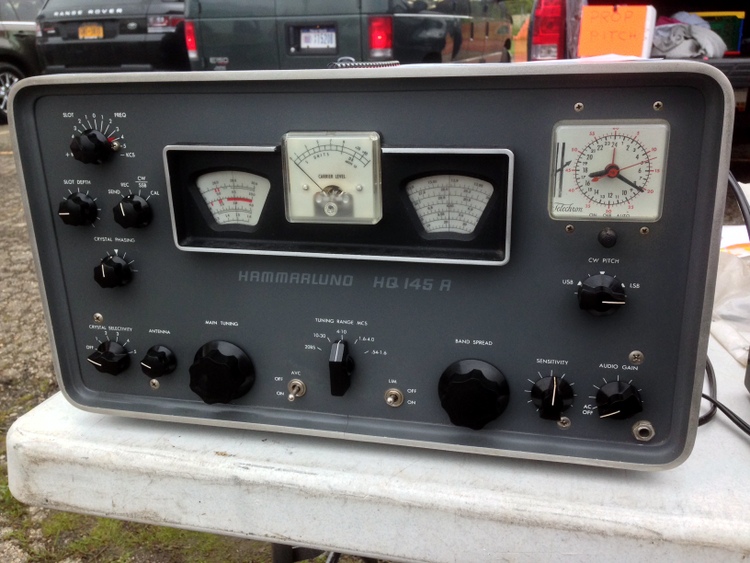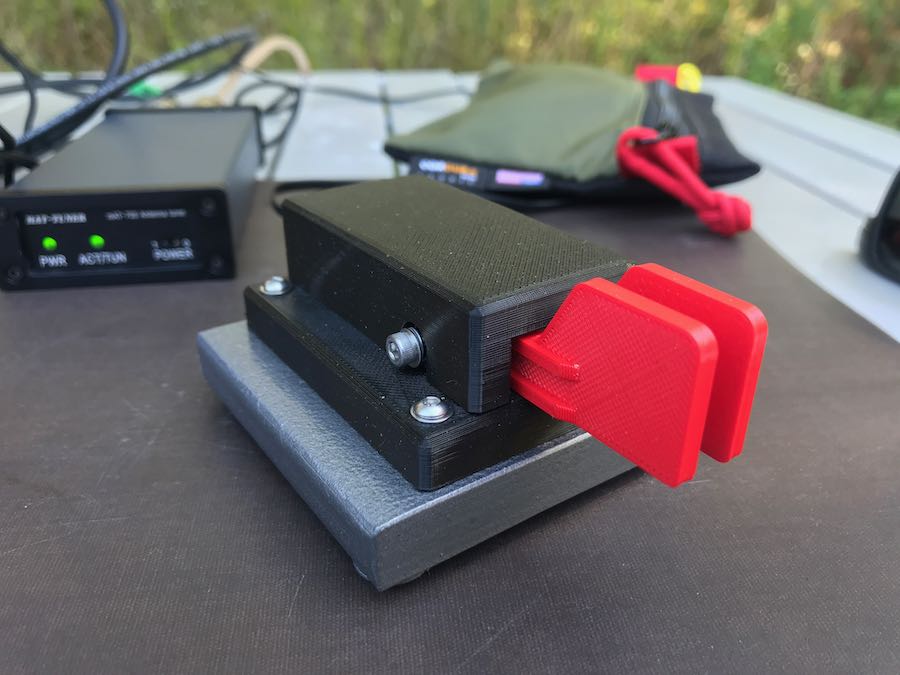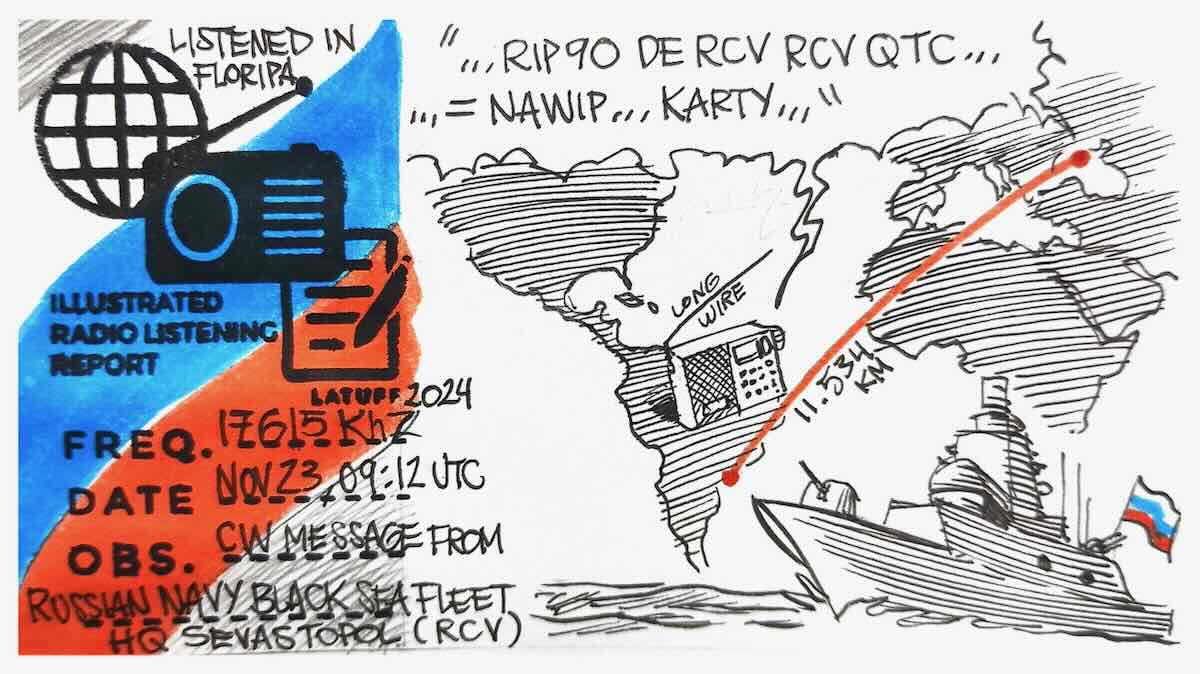
Radio Waves: Stories Making Waves in the World of Radio
Welcome to the SWLing Post’s Radio Waves, a collection of links to interesting stories making waves in the world of radio. Enjoy!
Many thanks to SWLing Post contributors Adrian Korol, Richard Cuff, and Dennis Dura for the following tips:
Radio Nacional Arcangel San Gabriel broadcasts on the short wave on Wednesdays from 21 to 23 UTC and on Saturdays from 21 UTC until 03:00 on Sunday on frequency 15476 Khz (USB).
Due to improvements in the audio chain and transmission line and good propagation, we are receiving messages from listeners who had not been able to listen to it for decades and also reception reports from countries such as India, Iceland, Japan, United States, Spain, Italy, United Kingdom, Mexico, Chile, Brazil, Uruguay and all the National territory.
During the summer we broadcast a program called “Uniendo Voces”, a production of the Joint Antarctic Command, the University of Quilmes and RAE, with the presentation of Juan Carlos Benavente.
We also share with you videos and posts in which listeners from around the world share their reception of LRA36. [Continue reading…]
It might seem antiquated, but Morse code still has a number of advantages compared to other modes of communication, especially over radio waves. It’s low bandwidth compared to voice or even text, and can be discerned against background noise even at extremely low signal strengths. Not every regulatory agency requires amateur operators to learn Morse any more, but for those that do it can be a challenge, so [Cristiano Monteiro] built this clock to help get some practice.
The project is based around his favorite microcontroller, the PIC16F1827, and uses a DS1307 to keep track of time. A single RGB LED at the top of the project enclosure flashes the codes for hours in blue and minutes in red at the beginning of every minute, and in between flashes green for each second. [Continue reading…]
While some still offer OTA reception, the specialty segment is dominated by online connectivity
There was a time, of course, when radios were fixtures in people’s homes. But according to Edison Research’s “Infinite Dial 2022” report, the percentage of U.S. homes with “zero” radios inside went from 4% in 2008 to 39% in 2022.
Among the radios that remain, clock and emergency radios have the best chances of justifying their presence to internet-centric consumers. But good ol’ fashioned tabletop radios? AM/FM receivers housed in eye-appealing laminated wood cases with big speakers and hefty knobs?
Mass-market companies such as Panasonic and Sony have abandoned such products. But specialty/quality brands such as C. Crane, Grace Digital, Sangean and Tivoli Audio have not.
These brands bring fresh approaches to the tabletop radio segment through innovation and the harnessing of streaming technology. Still, it’s an uphill battle in a world obsessed with all things internet.
There are several reasons conventional AM/FM tabletop radios have been disappearing from homes.
The first and most obvious is that even by the beginning of this century, radio had long ceased being a destination medium around which the family gathered to listen. In recent decades, the more common uses were morning wakeups, rush-hour commutes, sports on the go and weather emergencies, all well-served by portable radios, though there was still some degree of at-home listening. [Continue reading…]
Three perspectives on this hot potato threat
Car manufacturers claim they cannot suppress noise getting into the AM signals in their electric vehicles. This article presents the viewpoint of three people who beg to disagree.
Tom King, the chairman of Kintronic Labs Inc., is an expert on AM transmission and noise interference. His company manufactures most of the phasing cabinets for directional arrays on AM stations around the world. Continue reading →








